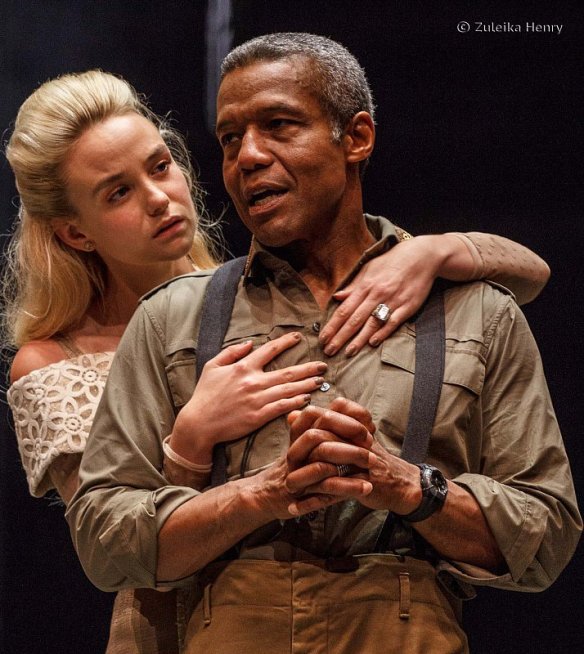Read the notes at the back of your text p.233-237 and make a set of notes in your workbook under the heading ‘Race and Culture in Othello’.
Monthly Archives: February 2017
How far have we come? Portrayals of race in on screen.
Watch this excerpt from the film Malcolm X, starring Denzel Washington, which shows a young Malcolm X being schooled in the meaning of black and white:
Here is South African comedian Trevor Noah, now presenter of The Daily Show, speaking about black and white matters…
Take your time to read through the information presented on the Venngage article: 6 Facts That Prove that The Oscars is More Racist Than You Think.
Read ‘How To Fix Hollywood’s Race Problem’ by Nadia and Leila Latif which gives an historical context to our understanding of the #HollywoodSoWhite hashtag.
Here is Aziz Ansari dealing with the notion of stereotypes:
Watch Aziz Ansari’s portrayal of Dev Shah in episode 4: Indians on TV from his ‘Master of None’ comedy series on Netflix.
Stereotypes and sexist language in Othello
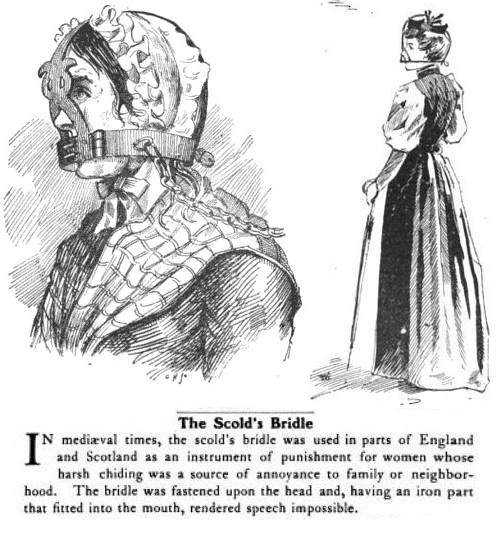
Elizabethan and Jacobean society was patriarchal. Men were seen as superior in every way and had power and authority over women. Fathers were seen as the heads of the house and decided when and to whom their daughters would marry. They demanded total respect from wives and children. They had legal control over their wife and her property.
Women were expected to be subservient. Their virginity and chastity was prized and seen as essential to avoid disputes over inheritance. A common stereotype was that women were naturally promiscuous and men feared that their wives would stray. Without chastity a woman was seen as worthless. A man could be mocked by society for being a ‘cuckhold’ if his wife had been unfaithful.
Women were seen to be create by God for two reasons: marriage and childbearing. That said, there was an emphasis placed on the idea of women being seen as goddesses to be worshipped and adored and it was fashionable for young men to court women through the writing of love poems and the sending of gifts.
Other common stereotypes included the idea that women talk too much and that those who showed intelligence and independence were ‘curst’ and a burden on their fathers and husbands.
SOME EXAMPLES OF SEXIST LANGUAGE IN OTHELLO
IAGO: “Nor the division of a battle knows more than a spinster…” (1.1.23-4)
OTHELLO: “Let housewives make a skillet of my helm…” (1.3.268)
IAGO: ” Ere I would say I would drown myself for the love of a guinea-hen, I would change my humanity with a baboon.” (1.3.309-10)
Machiavellian Machinations
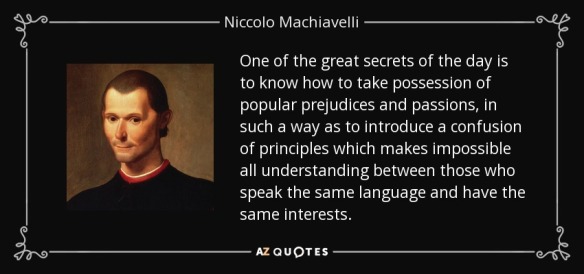
In Machiavelli’s The Prince (1513) we can read about the political manoeuvring that is often defined as ‘Machiavellian’ – where the taking of political scalps (“the killing of innocents”) and dishonest and unscrupulous dealings are detailed as a necessary means to an end.
Iago is often put forward as an excellent example of a Machiavellian villain.
Othello: a political portrayal
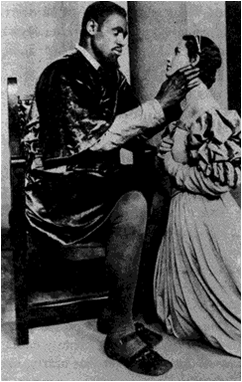
Enter a caption
Although the play may not seem to be about politics, its presentation of Othello as black and older than Desdemona clearly raises crucial issues of race, age and culture. In the 20th century the play proved a significant symbol in the struggle for black emancipation. A long running American production in 1943 included the first ever kiss on stage between a black man and a white woman. All later productions in America commented with varying directness on the Civil Rights movement for equality between races.

The 1987 production of Othello at the Market Theatre, Johannesburg, with John Kani playing Othello and Joanna Weinberg as Desdemona.
Similarly, in South Africa, a famous production at the Market Theatre, Johannesburg became a potent focus for the anti-apartheid campaign. Iago was portrayed as an intolerant Afrikaaner and Othello was played by a township black. Today fierce debate rages as to whether only a black man should play Othello. A 1999 production in Washington found a solution by casting a white actor as Othello and having every other character played by black actors.
(source: p. 51, Shakespearean and Jacobean Tragedy by Rex Gibson, 2000)
Take the time to look at how Othello has been cast over time here.
Who should play Othello?
The Original Othello
Hecatommithi (1565) is a collection of tales by Giraldi Cinthio.
Cinthio’s is a sordid, melodramatic tale of sexual jealousy….The heroine, called Disdemona, does not elope with the Moor (whose name is not given); her family agree to the marriage, though with some reluctance; and the couple live together in great happiness in Venice. The Moor is appointed to the command in Cyprus (Cinthio makes no mention of the Turkish danger). The Moor and his wife travel on the same boat. The villain’s sole motive for his actions is his unsuccessful love for Disdemona, for which he blames the Captain (Shakespeare’s Cassio). His plot is directed not against the Moor, but against Disdemona; and he is sexually, but not professionally, jealous of the Captain. The latter draws his sword upon one of the guard. He is not make drunk by the Ensign and there is no Roderigo. The Ensign steals the handkerchief while Disdemona is caressing his child. The Captain finds it in his house and, knowing it to be Disdemona’s, he tries to return it; but he leaves hurriedly on hearing the Moor’s voice. The murder of Disdemona is carried out by the villain and the Moor together; they knock her senseless with a sandbag and make the roof fall, so as to make the deed look like an accident. Finally , the Moor is killed by Disdemona’s kinsmen. The Ensign is tortured to death for another crime; and his wife was privy to the whole story. We have some pity for his victim, but no sympathy for the Moor.
(source: Kenneth Muir, The New Penguin Othello, 1968)
Domestic Violence and Othello
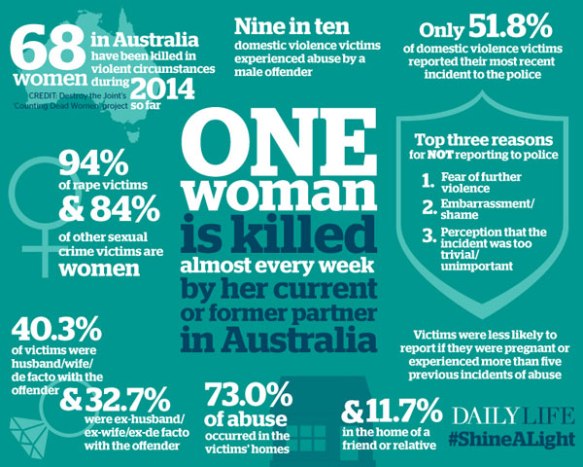
Read the ABC Fact Check report into domestic violence reporting in Australia.
Now look at this infographic detailing Domestic Abuse and Domestic Violence.
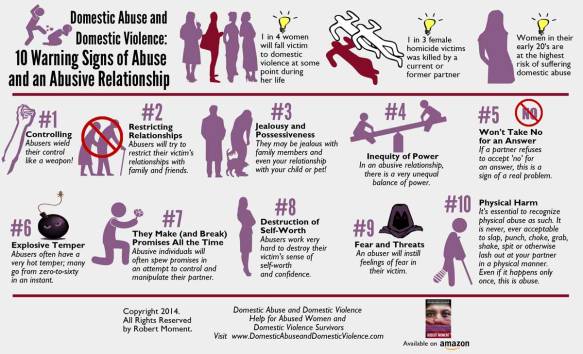
THINK
How might Othello be seen as a tale of domestic violence?
Consider what references to acts of violence against women do we get in the play?
How are we positioned to view Othello’s actions towards Desdemona?
Would an Elizabethan audience have a similar reaction? Why? Why not?

